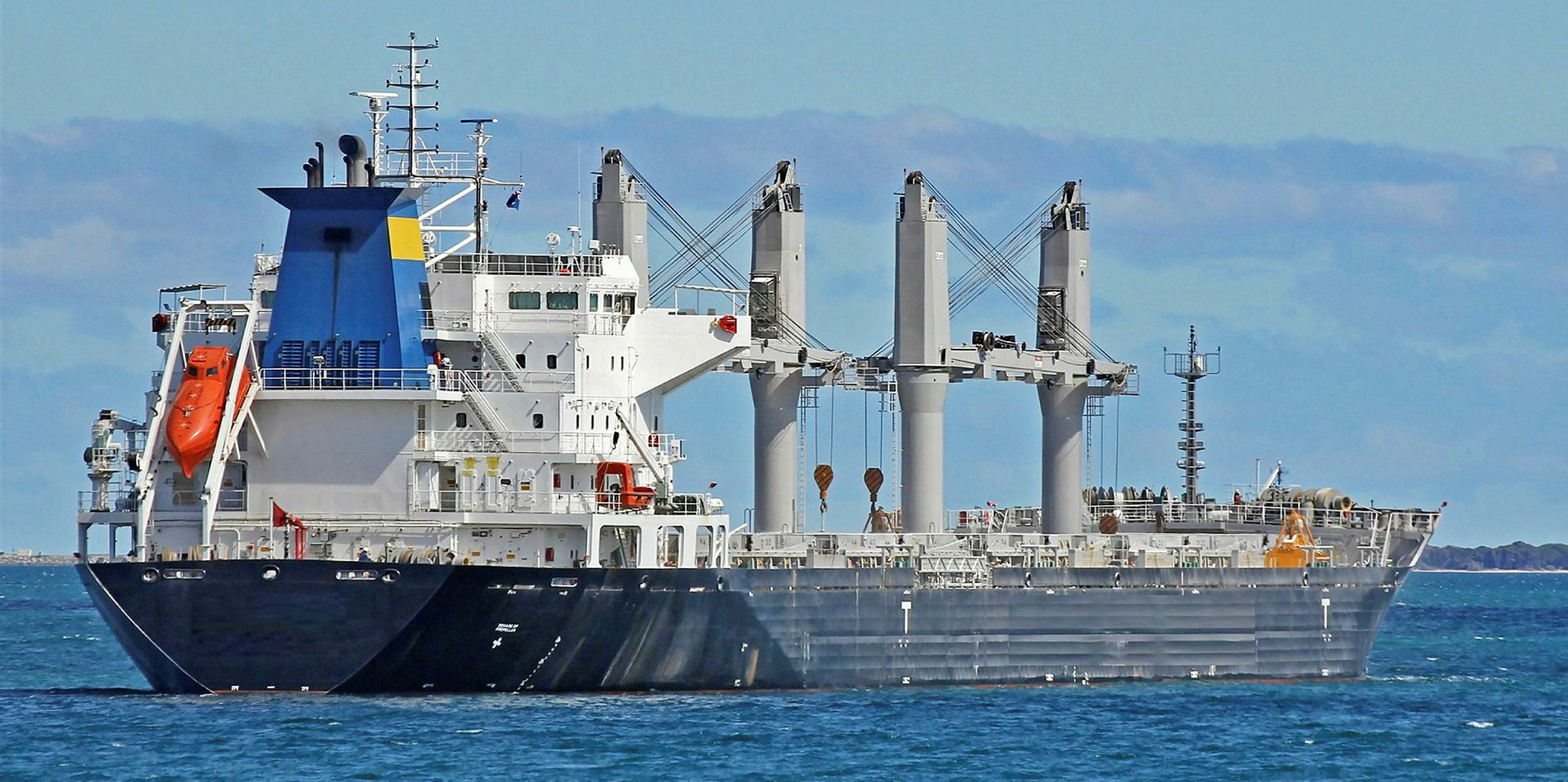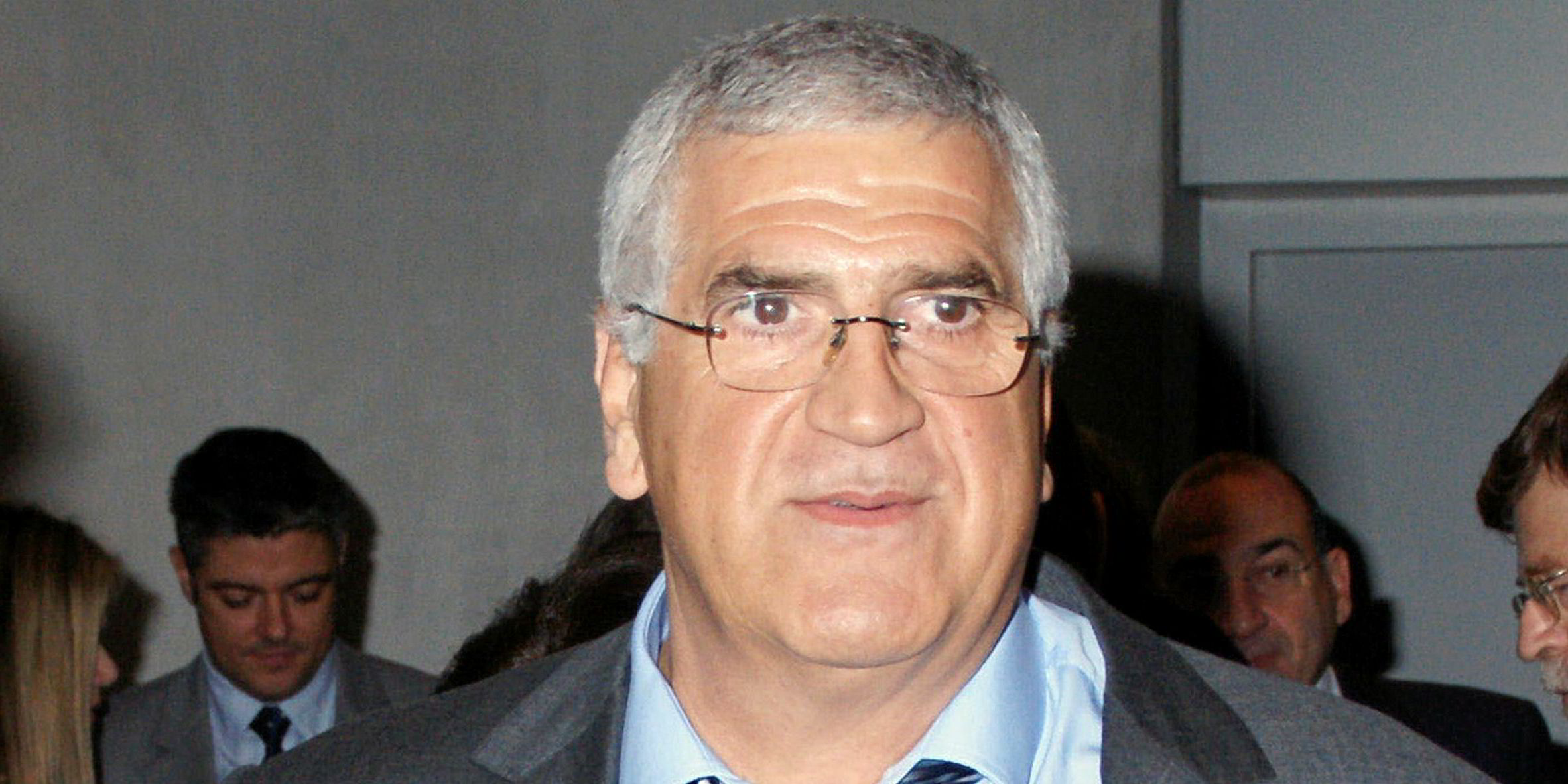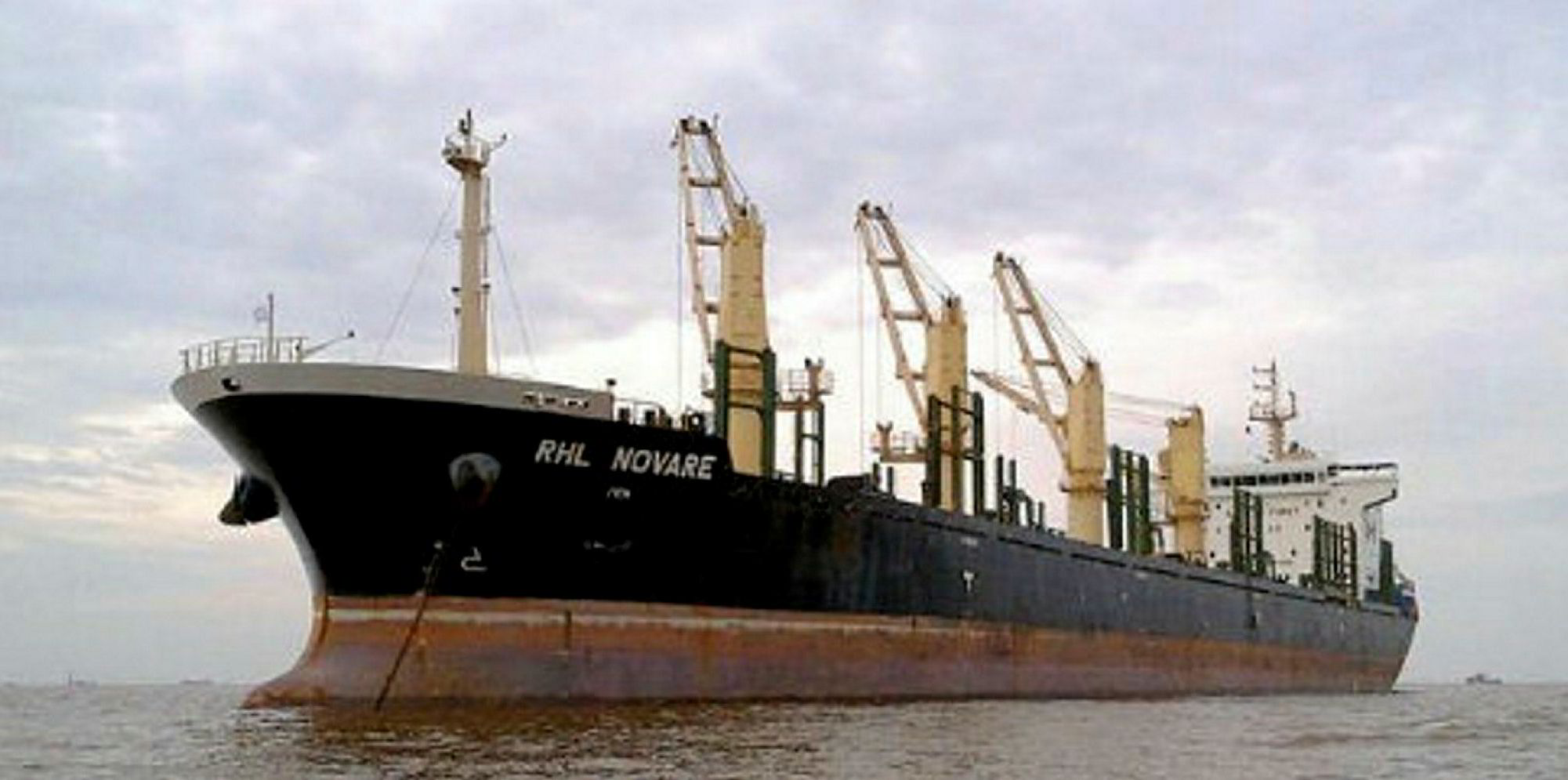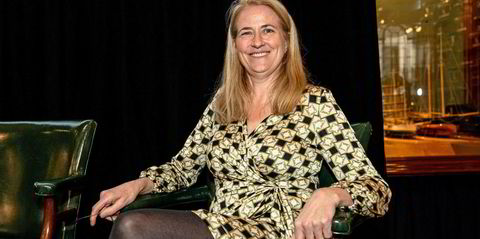Greeks bought up to eight handysize vessels on the sale-and-purchase market in June and July, almost as many as in the first five months of the year.
July has been the busiest month by far, with five ships in that category reported sold to owners operating out of Athens and Piraeus.
Secondhand prices for handysizes have held steady, despite freight rates and earnings rising to six-month highs. This has encouraged Greek companies that specialise in this type of vessel to seek out opportunities to renew or grow their fleets.
We’re basically still in uncharted waters. Further expansion steps would follow only if the current, favourable market continues
Recent handysize buyer
Any expansion, however, has been measured and circumspect. Most Greek handysize specialists are small companies with fewer than 10 ships. Such players tread carefully and rarely engage in more than one S&P move each year.
Notable exception
A notable exception has been Nikos Savvas-led Cosmoship Management, which picked up four such ships this year.
But the extreme volatility of dry bulk freight markets makes most players reluctant to make such big moves.
“We’re basically still in uncharted waters,” one recent buyer of a handysize vessel told TradeWinds. Further expansion steps would follow only if the current favourable market continues, the manager said, quickly adding that his company would bide its time before considering buying another vessel, possibly early next year.
Greek handysize buyers usually stick to the kind of vessel they know. One example is Glyfada shipmanagement company British Bulkers, whose clients acquired the 31,900-dwt Island Spirit (built 2013) from Japan’s NYK Bulk for $11.3m.
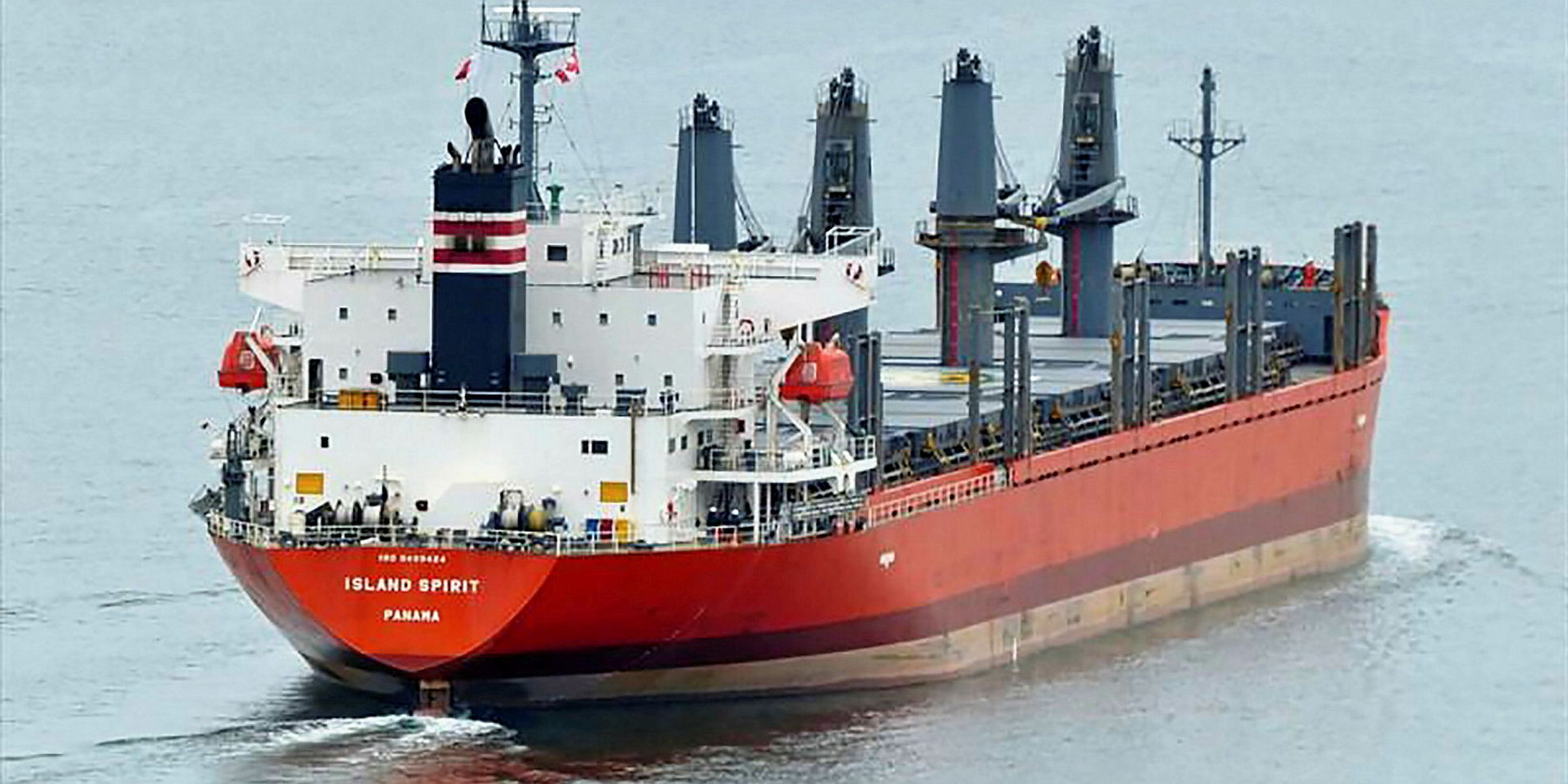
The ship, built at Hakodate Dock and due to be delivered in September, is the much younger equivalent of another vessel already in the British Bulkers fleet — the 31,900-dwt Lord Wellington (built 2005).
The Island Spirit becomes British Bulkers’ fifth unit, and the youngest, alongside the 28,400-dwt Lady Lilly (built 2013), which it bought in August last year, again from a Japanese seller.
Athens’ Seaspire Maritime, another recent handysize buyer, also went for tonnage it is familiar with. It picked up the 32,100-dwt Crane Island (built 2009) from Japan’s Kobe Shipping for $8.8m. The Kanda-built vessel is a sistership to two other units already in Seaspire’s fleet.
The acquisition brings Seaspire’s fleet back to four units. It had briefly dropped to three after selling the 28,500-dwt Baltic Spire (renamed Henry Well, built 1997) to Chinese buyers for about $5m last October.
Seaspire, a relatively young company, which officially registered with Greek authorities in October 2017, used to have a cooperation agreement with Greek peer Tide Line for the technical and commercial operation of its ships.
Seaspire, however, was understood to be gradually taking over more and more management functions and TradeWinds is told that the company has been operating independently since early this year.
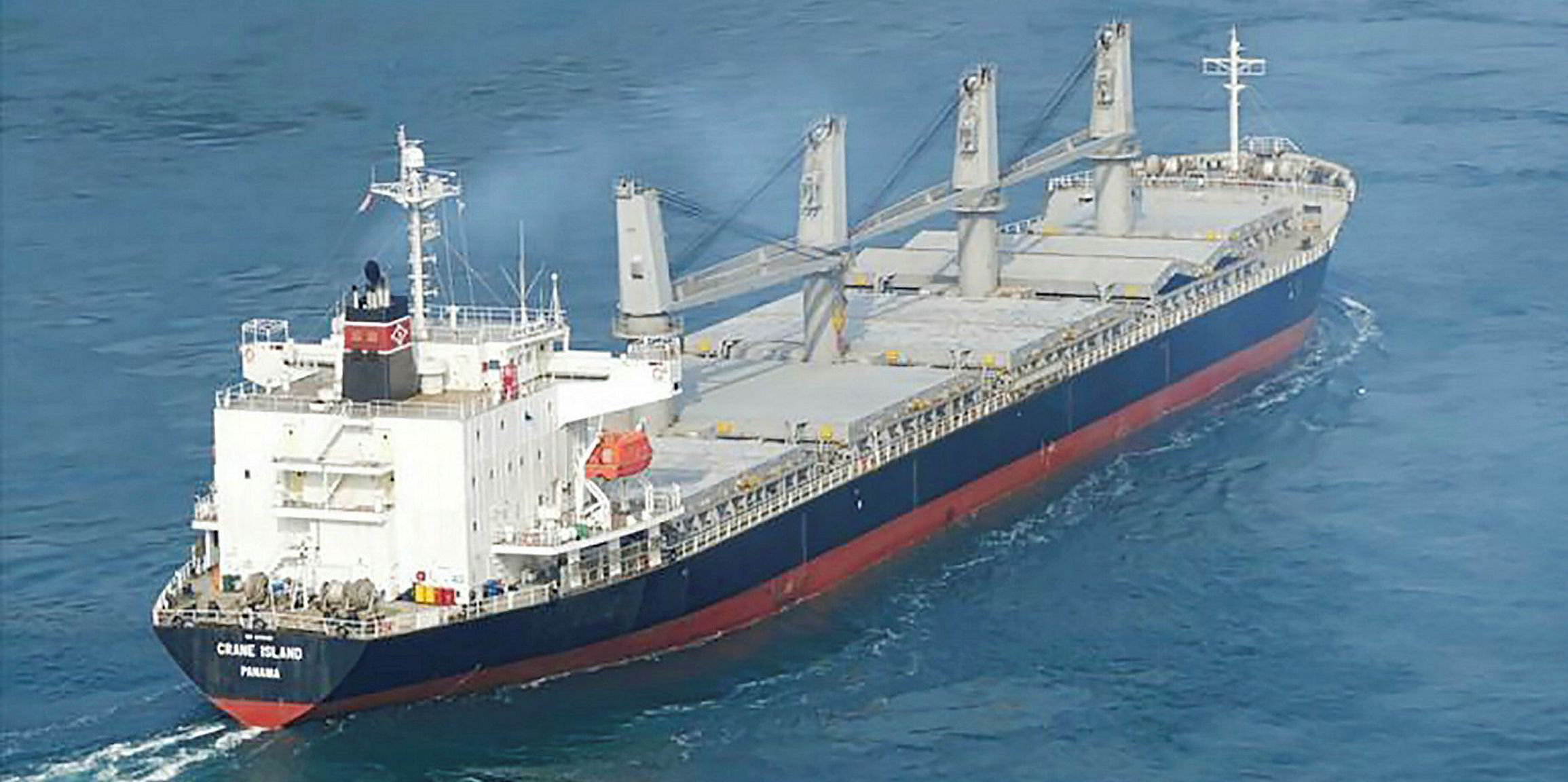
International brokers have been attributing the recent purchase of even more Japanese-built handysizes to unidentified Greek owners. Mitsubishi Corp is said to have offloaded the 37,100-dwt Sagittarius Ocean (built 2014) for $15.3m, and Taiwan’s Sincere Industrial is believed to have sold the 32,700-dwt Aurora Bulker (built 2004) for $6.8m.
TradeWinds has already reported on rumours in early July linking an unidentified Greek buyer to the purchase of the 34,400-dwt Daiwan Ace (built 2014) for $15.3m.
Older sales emerge
Some older handysize sales from earlier this year are also coming to the fore. Equasis shows small Piraeus player Team Fuel Corp as taking over management on 19 July of the 33,600-dwt Sunlight Lily (built 2012).
The ship had been reported sold at the end of March for $12.4m. It has now emerged in the fleet of Elpida Hatjioannou-led Team Fuel Corp under its new name, Team Bravo. It is the company’s first acquisition in more than two years and brings the size of its fleet to five vessels.
